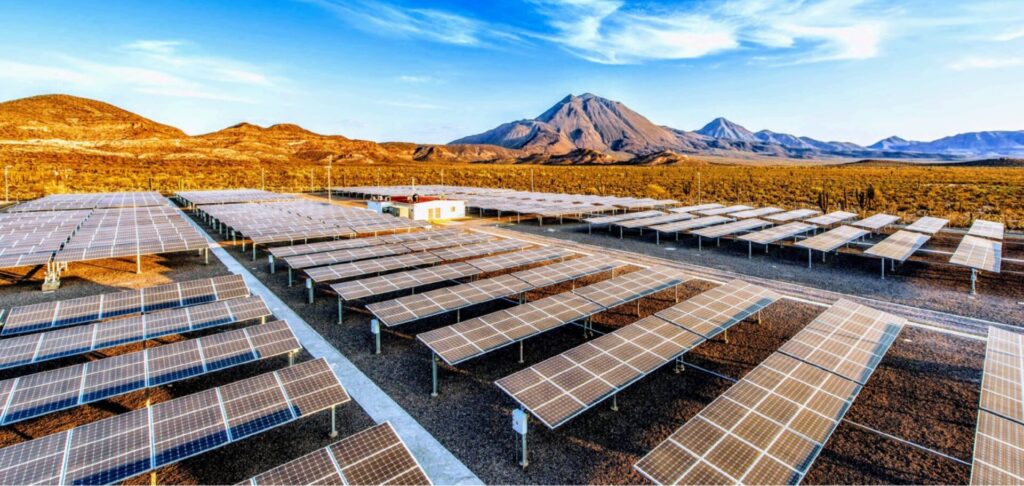When evaluating the Transition Strategy to Promote the Use of Cleaner Technologies and Fuels 2024the Energy Secretariat (SENER) highlighted the progress that has been made since 2018 in the incorporation of clean energies in Mexico's energy matrix.
The document indicates that the participation of clean energies in total electric power generation has increased from 21,89% to 23,19% from 2018 to 2023. This increase is mainly due to the development of wind and photovoltaic plants.
During the period from 2018 to 2023, the wind energy increased by 66.3%, while the photovoltaic experienced a significant increase of 734%.
Including distributed generation with photovoltaic systems that contribute 5,191 gigawatts (GW), the participation of clean energies is raised to 24.3%, clarifies.
During 2023, the total net generation of energy injected into the grid was 351,695 GW, of which 85,459 GW came from clean sources.
Progress report
The Federal Electricity Commission (CFE) reported important advances, such as the commissioning of the first phase of the Puerto Peñasco photovoltaic power plant with a capacity of 120 megawatts (MW), and the start of construction of the second phase with 300 MW, including energy storage for each phase. In addition, 16 hydroelectric plants were rehabilitated or modernized, three existing dams were equipped, and a new hydroelectric project was built, increasing capacity by 554 MW.
The Energy Regulatory Commission (CRE) adds that it is developing regulatory instruments for the connection of infrastructure for the electric vehicles and the integration of energy storage systems to the National Electric System.
Challenges to overcome
Although progress has been made, significant challenges remain, according to the assessment. It is essential to develop national suppliers and promote solar energy technology in residential and industrial sectors. In addition, it is necessary to make progress in the use of solar energy in the residential and industrial sectors. offshore wind systems to utilize the continuous currents near the Mexican coast.
In March 2024, SENER published the National Atlas of Areas with High Clean Energy Potentiala document that identifies optimal geographic areas for the development of clean energy.
The draft evaluation underscores the importance of further strengthening of the energy efficiency and establish optimal conditions for the best use of clean sources. It is crucial to promote the implementation of more efficient technologies and compliance with energy efficiency standards among end consumers.
In terms of clean energy, financing and collaboration schemes are needed to develop technologies such as small-scale hydroelectric, offshore wind, green hydrogen and distributed generation under community schemes. These advances will help diversify the energy matrix at the local level and increase the energy resilience of the communities.
The SENER document stresses that it is essential to maintain environmental care and consider the social impact of industrial generation projects and research pilots.
These efforts, he stresses, are fundamental to guarantee the adaptability of Mexican energy policy in a changing environment, ensuring a energy transition and sovereignty for the country.
SOURCE: Energy Secretariat


